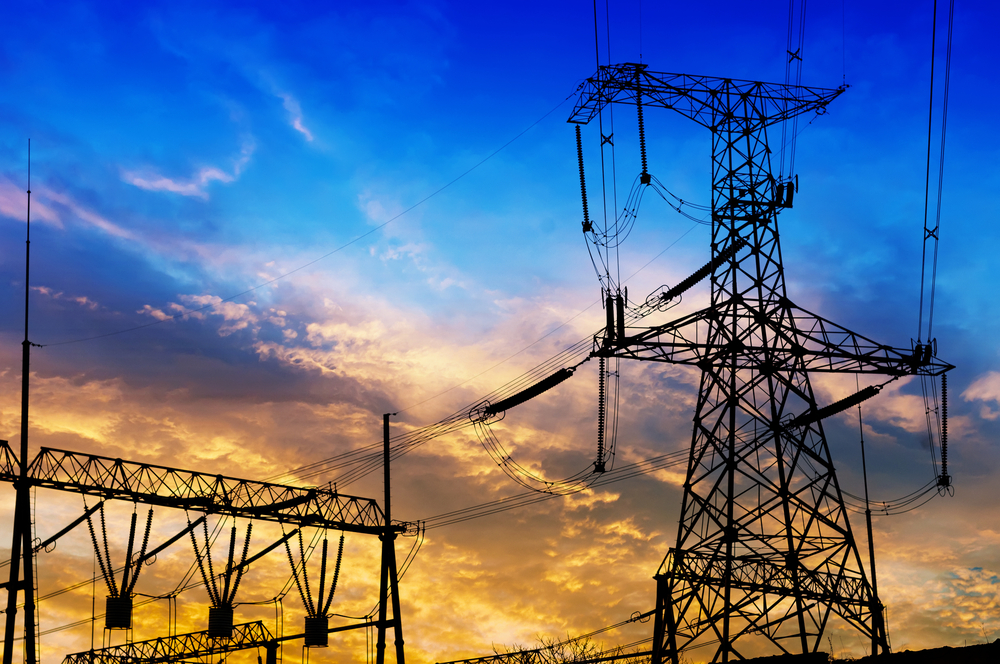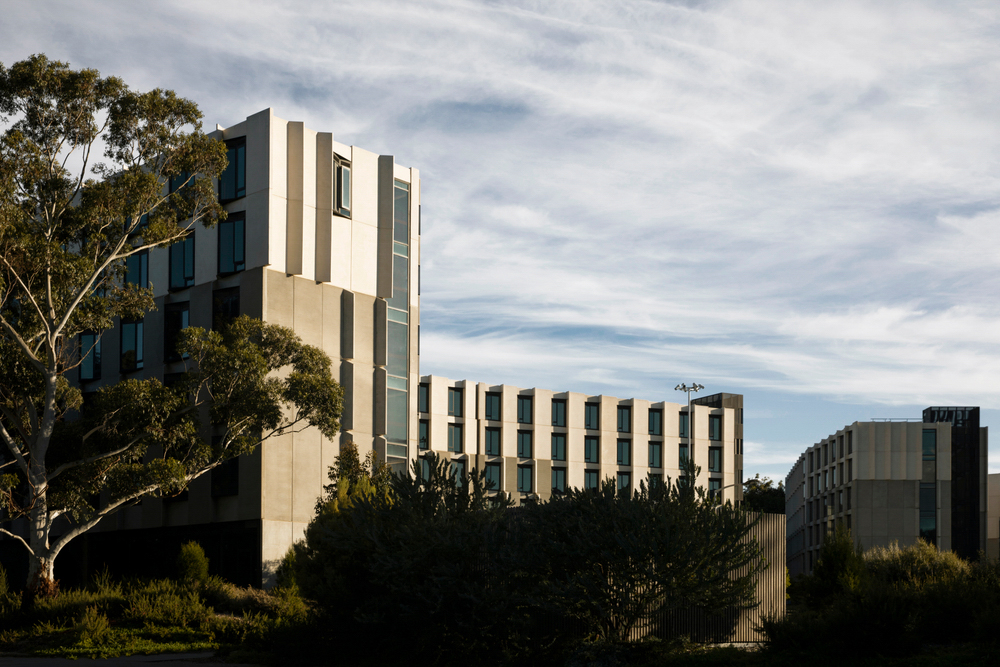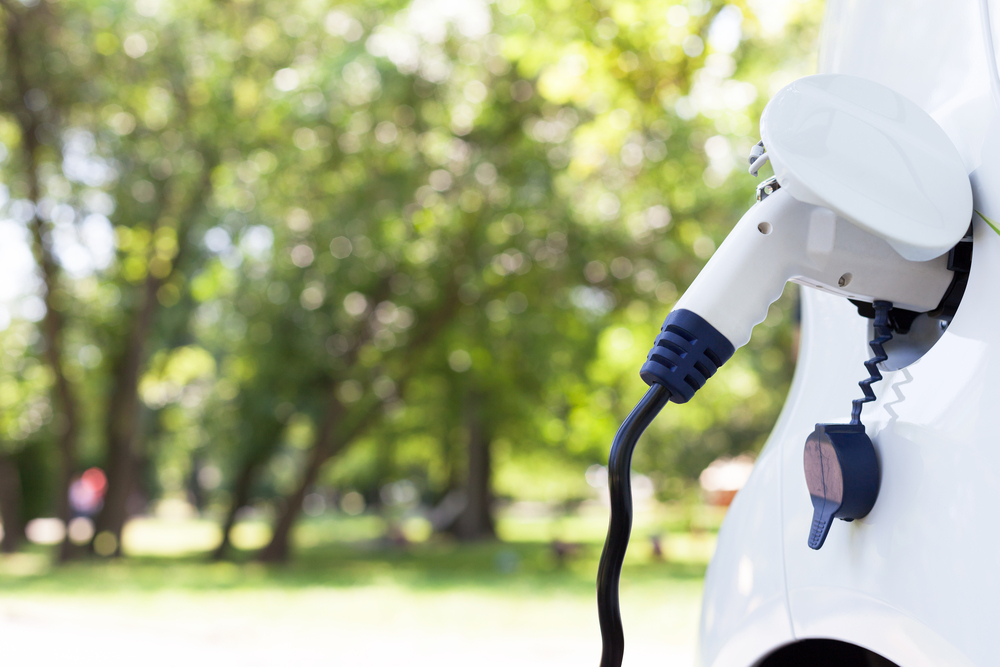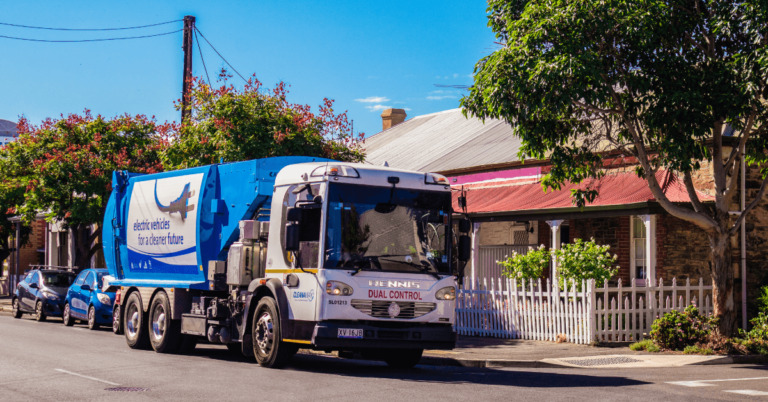
Contrary to widespread claims that Australia needs to invest AU$55 billion in improving its electrical grid ahead of an increased electric vehicle (EV) uptake, leading energy transformation consultants say the capital is needed but the required infrastructure is already here.
Management consultancy and energy transformation company, Partners in Performance, say what really matters is how Australia uses capital to ‘supercharge’ its existing infrastructure to make way for a rapid boom in EV uptake.
The number of EVs on Australian roads is set to soar following the Labor government’s recent (July 2022) introduction of the Electric Car Discount Bill, offering a Fringe Benefits Tax (FBT) exemption for specific EV models.
Labor’s proposed National Electric Vehicle Strategy (NEVS) is expected to further drive uptake, increasing the number of models available in Australia, and ramping up charging station networks across the country. The strategy’s consultation paper was released in late September 2022.
Brian Innes, a Partner at Partners in Performance, says, as the EV market grows, key industry players and the government must work cohesively to find smart and viable solutions, and that Australia’s money would be well placed in clever operational expenditure (OpEx), alongside capital expenditure (CapEx).
“With the impending surge in EV uptake taking place over the next five years, Australia simply doesn’t have the time to develop new infrastructure,” said Innes. “In fact, Australia’s current infrastructure is well-equipped to accommodate the growth and meet future demand. However, this will require agile thinking, co-operation between the private and public sectors, and the appropriate management of peak usage periods.”
“Five years is a short time frame to ramp up infrastructure that took decades to develop. To support Australia’s impending adoption of EVs, organisations will need to capitalise on existing infrastructure, and use current resources, to keep pace with potential demand,” said Innes.
“Agile thinking and organisational structures can help grow the market and capture the full potential of EVs and Distributed Energy Resources (DER) in our networks.
“This can be achieved by restructuring network teams and ensuring we manage the key customer interface during the connection process, rather than trying to fix it after the fact. A new network driven by customer choice will require our Distributed Network Service Providers (DNSPs) to adopt new ways of working.”
Innes says that customer connections can be managed by allowing the network to control the charge or discharge at different times of the day: “At peak demand, the network can remotely activate the household battery or car battery to discharge to the grid, or to your house. At off-peak times, the network can actively charge the battery. Government policy can support this through time-based feed-in tariffs and controllable chargers.”
While EVs currently make up less than 2 per cent of new vehicles sold in Australia so far in 2022, this figure is expected to skyrocket to reach 89 per cent by 2030, based on Labor’s most recent climate modelling. This uptake of EVs aligns with government targets for 50% of new vehicles to be EVs by 2030.
The Electric Vehicle Council shares this view, forecasting a rapid uptake of EVs, already evident in EV sales having tripled between 2020 and 2021. In August 2022, EVs reached a record 4.4 per cent of all new vehicles sold in the month.
With Labor’s policy and incoming strategy likely to further stimulate this shift toward renewable alternatives, Innes believes appropriate peak-load management strategies, as well as consumer behaviour change tactics, will play a vital role in avoiding electrical brownouts or blackouts due to ‘grid overload’.
Government incentives for the installation of controllable chargers which can react to constraints, for example, is a feasible option for alternatives to network expenditure. This would encourage larger chargers, which can act as a solar sponge throughout the day, and reduce strain on the grid at peak times,” added Innes.
He added: “Another important consideration for Labor’s incoming strategy is the inclusion of a policy to ensure alignment of interest with network operators. This will help to avoid private distributors earning regulated returns on unnecessary expenditure, in the interests of Australia’s economy.”
Having worked in tandem with organisations across both the private and public sectors, Partners in Performance works with clients to find implementable solutions to navigate these kinds of challenges.
“With road transport currently accounting for 85 per cent of transport emissions, and around 16 per cent of Australia’s total emissions, EV adoption will play a massive role in lowering the nation’s emissions,” said Innes.
“Government policy must ensure taxpayer dollars are spent wisely and proactively on peak demand management. With well managed channelling of resources and smart OpEx alongside CapEx investments, Australian drivers will feel more confident that their EVs will be able to go the distance.”











